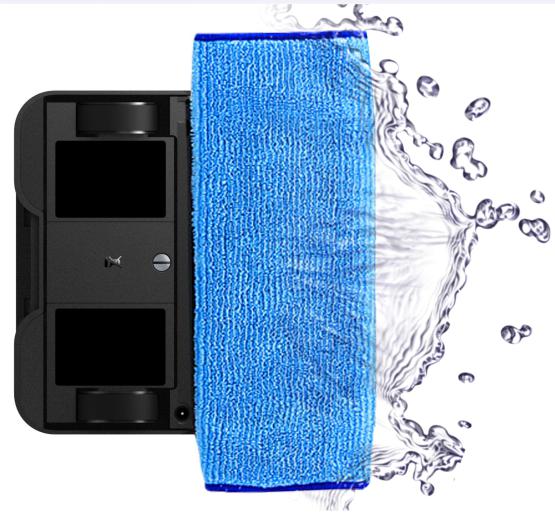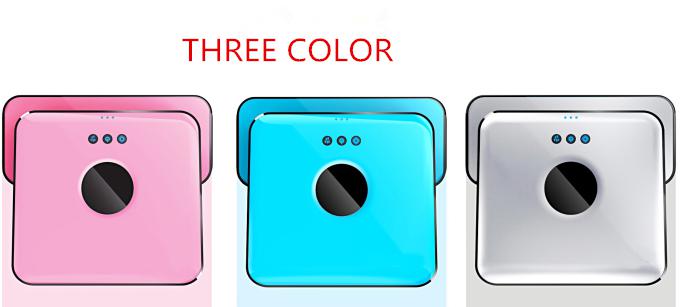1 Introduction
With the wide application of LED lighting in urban lighting engineering and advertising industry, engineering manufacturers have also made more progress on the display effect of LED lighting. How to develop a control system that can meet the actual needs of the project and facilitate the construction of the project is very important. Based on the basic theory of illumination optics, this paper develops a simulation control system based on OpenGL from the perspective of the simulation system, which makes the system construction. Before, the actual display effect of the light can be simulated by computer software, which facilitates the design of the system and the demonstration of the solution, saves time and money, improves the implementation efficiency of the system engineering, and can synchronously connect the control information with the following control system. Dynamic generation of control information allows engineers to focus on the design of the system without having to write complex effects programs. LED lighting simulation control system gives lighting designers a new concept. All kinds of complicated large-scale lighting projects can be flexibly designed by lighting engineers on the computer. Then running on the lighting network, changing the lighting scheme is very convenient, and the complex lighting design is as simple, flexible and fun as design animation.
2 system function
At present, LED technology is rapidly developing rapidly, but there are many problems in LED lighting products. The existing LED lighting products follow many neon control methods, using a single controller, pre-programmed control, which results in a single light conversion pattern. In view of the shortcomings of traditional lighting control, such as complex design and poor software versatility, we designed and developed the LED lighting simulation control system based on comprehensive research on the existing control system. It uses the latest computer simulation technology for designers. Provide a virtual operating space, where designers can design various lighting control effects according to their own needs, and can observe the actual design effects in a virtual environment, greatly improving work efficiency and reducing the overall system. Investment and risk. It mainly includes the following functional modules:
2.1 System Layout Module
The traditional design method is designed by the designer. The designer's concept is only the most clear. The actual effect can not be seen before the construction, which greatly limits the application of the system. Based on the latest computer visualization technology, the system uses virtual reality technology to enable designers to design in the virtual design space. The design effect can be directly demonstrated. Other personnel can see the actual design of the system before construction. The effect is therefore greatly enhanced by the flexibility and operability of the system.
The specific operation is to transfer the picture of the background building to be installed with the LED lighting control system into the system. The designer can arrange the lighting according to the actual construction situation and proportion of the building. At the same time, various complicated constraints of the building can be considered. The layout effect and possible limitations can be directly displayed on the computer, which greatly improves the design efficiency of the system.
2.2 effect design module
The display of the light is one of the most critical steps in the system design. In the past, the actual situation can only be understood by the designer's description. The software can transform the designer's actual idea into the actual display effect, and display it in the virtual display space. At the same time, people can propose corresponding modification opinions according to the actual display effect, and gradually improve the system's risk in the design. In the process, the risk of investment is reduced, and the practicality of the system is greatly improved.
2.3 Virtual Presentation Module
Based on the previous design, virtual reality technology can be used to demonstrate the effect of the actual design system in the virtual environment created by the computer. Here, people can see the real reality of the system, and at the same time listen to the opinions of all parties and supplement the solution. Perfect, and then design a more ideal LED lighting control system.
2.4 Interface module
The system adopts 20V differential transmission technology, parallel structure, transmission distance up to 5km, and the network is connected to each fixture. Make all the wires are 4 wires. Two power lines, two control lines. The system network protocol adopts a single frame command structure, which is very flexible and reliable. Just one controller in the entire system. The CPU in the fixture can interpret and execute commands from the controller. At the same time, the network protocol can be easily converted to TCP/IP and RS232 interfaces.
3 system structure
In order to realize the function of system design, improve the flexibility of system operation, and provide a virtual environment for lighting designers, this system adopts VC++.Net as the development language of the system, and adopts technologies such as OpenGL and VrmI to realize a virtual environment. Here, the designer arranges the lighting as well as the actual work scene. In order to realize the demonstration effect and dynamically modify the lighting control scheme of the system, the virtual reality implementation technology needs to be adopted in the construction of the virtual environment to provide a "real" environment for designers and owners. Here, people can be like See the concrete reality of the light in the real world. The function module is shown in Figure 1:

Figure 1 System structure
3.1 key technologies
The system mainly uses virtual reality technology to build virtual operation, design and display environment. Mainly include: Net technology, OpenGL, VRML, digital intelligence technology, fieldbus technology.
(1) Design of virtual design space: It is required to design a virtual design space, in which the designer can design the lighting layout and overall effect according to the requirements of the owner, WYSIWYG;
(2) Intelligent effect design: requires the computer to intelligently record each display effect designed by the designer, and can automatically generate corresponding control language rules;
(3) The effect display of the virtual environment: the effect of the designer design can be displayed virtually for the owner and the manager to appreciate, and it is required to appreciate the display effect from different angles;
(4) Digital intelligent technology application: It can intelligently realize the comparison between scenes and lamps, which is the basis for realizing virtual display and achieves intelligent control;
(5) Establishment of intelligent communication rules: In the process of intelligent effect design, it is required to be able to intelligently transform into communication rules, and at the same time, it can realize communication control with controller and main controller.
3.2 System Features
(1) Visual system layout design: Lighting designers can design various layout effects according to actual needs to meet the needs of the owners;
(2) Flexible display effect design: The lighting designer can design various display effects on the computer, and the operation is simple. The complex design scheme can be completed by moving the mouse, and the modification is simple and convenient;
(3) Virtual reality demonstration: Display the designer's design concept and actual effect in the virtual environment created by the computer. The owner can understand the actual display effect and reduce the investment risk before construction:
(4) First design, post-construction: The system provides powerful lighting control simulation software. The lighting engineer can design the control program during the project bidding and complete the virtual display on the PC to let the owner see the future effect. The lighting program can also be modified and added after the lighting construction is completed, which greatly increases the flexibility.
4 Summary
Based on the investigation of the current status of LED lighting control system, this paper proposes a design scheme of simulation control system based on OpenGL technology, and designs the function of the system in detail, and gives the specific implementation method. It can greatly improve the actual application situation on site. The flexibility and convenience of the system design greatly shortens the system construction period and provides a good solution for the construction of the LED lighting system.
Edit: Cedar
As it moves throughout your home, Mopping Vacuum Robot can clean wooden floor, PVC floor and tile floor. Robot mopping vacuum use the artificial ground cleaning method to transfer the center of gravity of the body to the rag, to achieve Mopping Robot vacuum more powerful and clean. Specifically, Wet mop (remove stubborn stains) and dry wipe (wipe hair crumbs) are flexible to choose because of water tank.
Why you choose it?
(1)Two models of wet mop and dry wipe, mopping robot cleaner give you more choice.
(2)Automatic path planning, sweeping more thoroughly.
(3)Intelligent anti-collision and anti drop, a more suitable robot floor cleaner for you.


Mopping Vacuum Robot
Mopping Vacuum Robot,Floor Clean Robot,Mopping Robot,Mop Vacuum Cleaner Robot
Zhengzhou Bangmi Smart Technology Co., Ltd. , https://www.globalcleanrobot.com